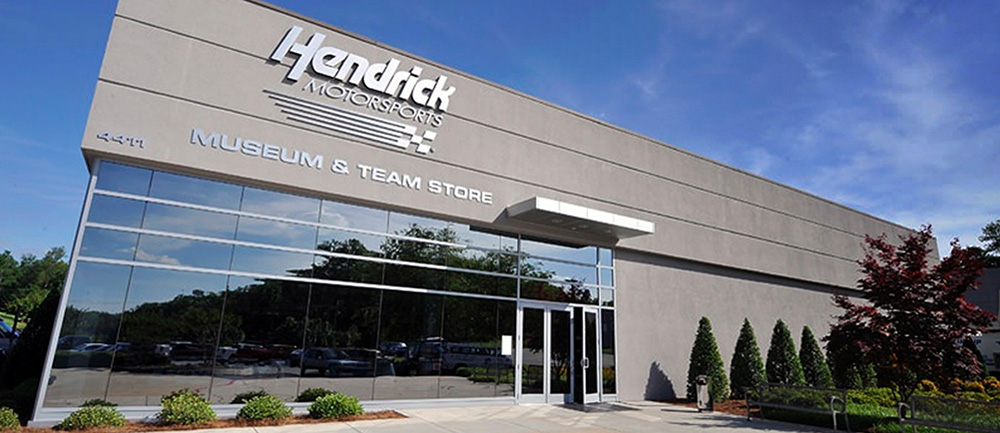
Bristol Should Highlight Team DuPont’s Strengths
BRISTOL, Tenn. (March 21, 2006) – Team DuPont and Jeff Gordon have improved on their weakness -- 1.5-mile and two-mile tracks, also referred to as “intermediate” tracks -- during the early stages of the 2006 NASCAR NEXTEL Cup season. This Sunday in the Food City 500 at Bristol Motor Speedway, they plan to capitalize on one of their strengths.
Since the season-opening Daytona 500, Gordon has climbed from 25th to sixth in the championship standings. He has posted three consecutive top-15 finishes -- including a fifth- place finish at Las Vegas and a fourth in Atlanta -- on intermediate tracks.
While their struggles on those types of tracks could be blamed for Gordon missing last year’s Chase for the NASCAR NEXTEL Cup, he believes the team’s inability to capitalize on their strengths was also to blame.
The four-time champion hopes to correct that in the first short track event of the season.
“Short tracks are good tracks for us, but we have to take advantage of them,” Gordon said. “That was the one area last year that really bit us. Other than Martinsville, we had issues that kept us from posting good finishes at the short tracks and the road courses.”
In the Spring race at Bristol in 2005, Gordon battled back from two laps down and an accident to run third with 10 laps remaining in the 500-lap event. Unfortunately, a suspension failure led to a 15th-place finish -- and a loss of 47 valuable points in the standings.
“The finish to that race was definitely frustrating for us,” Gordon said. “It was a great effort by the team, especially to fight back from two laps down, but we were in a position to finish in the top five and we didn’t.
“We need to take advantage of our strengths and post good finishes. In our sport, there will be days like that. But you have to limit them.”
In 26 career starts at the .533-mile high-banked track, Gordon has five wins, four poles, 10 top-fives and 16 top-10s. He has a 4.7 average starting position and has started from inside the top-10 on 23 occasions.
“Starting up front here is definitely an advantage,” Gordon said. “It allows you to be patient in dealing with the traffic. Traffic is something you can’t get away from here. It always seems like there are 42 cars right behind you, and another 42 cars right in front of you.”







